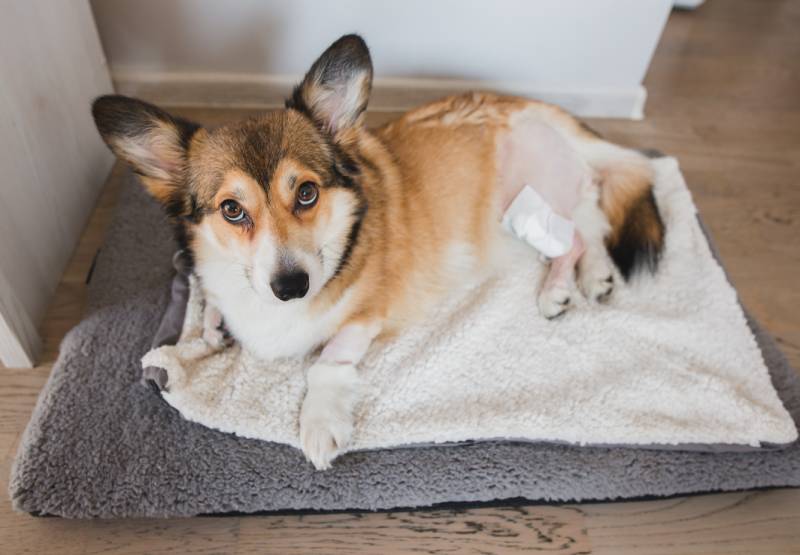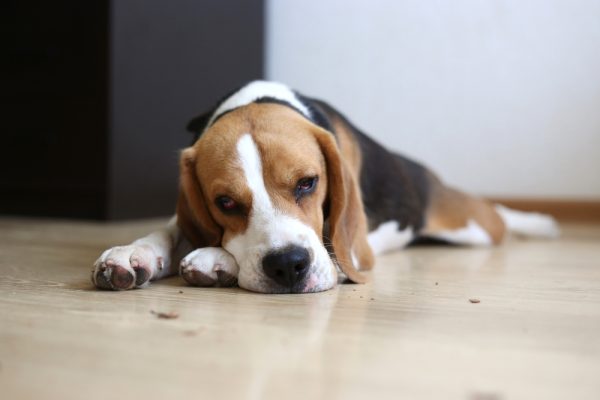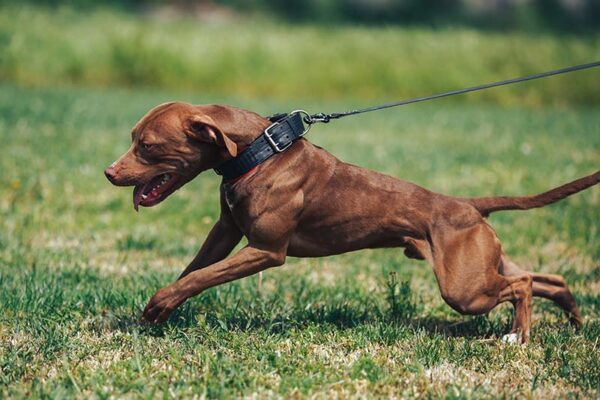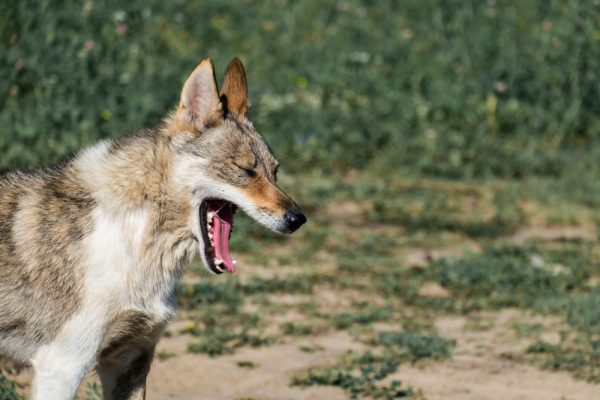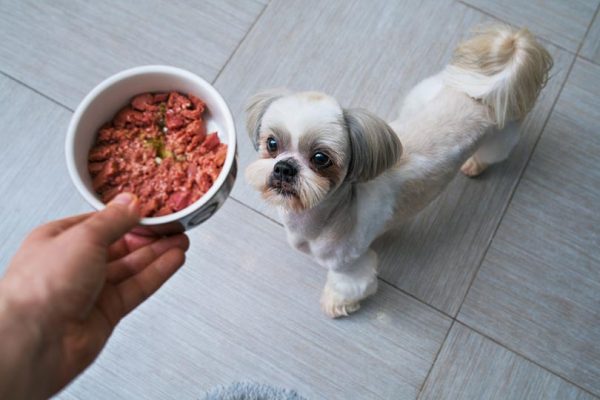When a dog suddenly starts limping on one of their hind legs, it may have torn an important ligament in its knee called the ACL or anterior cruciate ligament. An ACL tear is among the most common reasons for hindlimb lameness and subsequent arthritis in dogs. Because this ligament plays an important role in stabilizing the knee joint, if it becomes injured by a partial or full tear, the joint becomes loose, and the animal can no longer use the joint properly. Smaller dogs may heal from torn ACLs without surgery, but for larger dogs, surgery is almost always needed to properly stabilize the knee.
An ACL tear results in pain and discomfort for the animal and often leads to arthritis in the future.
What Is an Anterior Cruciate Ligament (ACL)?
In humans, the anterior cruciate ligament is called the ACL, while in dogs, due to different anatomical terms, this same ligament is called the cranial cruciate ligament, or CCL. It is an important stabilizer of the knee joint. Because there are no interlocking bones in the knee joint, it is considered a hinge joint (like a door) and is relatively unstable compared to other joints in the body.
Instead of interlocking bones, there are several ligaments attached to the adjacent bones—the femur and the tibia. The ACL extends from the back of the femur (the large bone above the knee joint) to the front of the tibia (one of the bones below the knee joint). There is also a posterior cruciate ligament (or caudal cruciate ligament) which also stabilizes the knee joint, forming a cross pattern with the ACL.
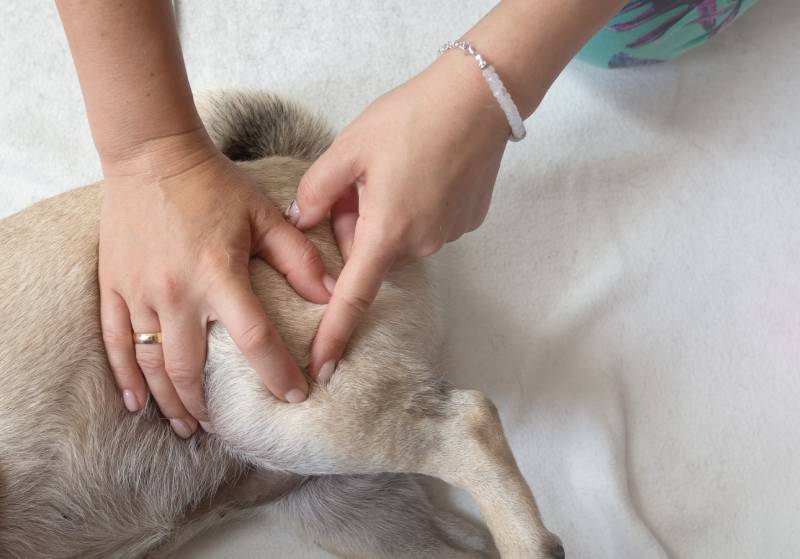
What Are the Signs of Torn ACL?
An ACL tear is one of the most common reasons for hindlimb lameness in dogs. When the ligament tears, a dog may suddenly stop running or moving and may even cry out in pain. Some dogs show mild lameness by subtly limping on the affected leg, while other dogs may stop bearing weight on the affected leg completely. In some cases, injured dogs will have swelling at the knee joint. Dogs with an injured ACL often will sit with the affected leg extended out instead of resting in a bent position.
When a veterinarian is evaluating a dog for hindlimb lameness and is assessing the injured leg for a torn ACL, they will bend the knee joint and try to elicit an abnormal motion called the “cranial drawer sign”. This motion is a forward movement of the tibia (bone below the joint) in front of the femur (bone above the joint). This motion is not normal and indicates there is laxity or looseness in the knee.
In very athletic, large, or very tense dogs, this test is not always possible to perform without sedation. It is important to note the cranial drawer sign is not present in all ACL injuries.
If you are concerned about the health and well-being of your pet, seek veterinary advice for the best course of action.
What Are the Causes of Torn ACL?
For humans, the typical ACL injury is a result of sudden trauma that causes the knee joint to twist, tearing the ligament in this motion. A traumatic motion could be from sports like skiing, football, or soccer.
For dogs, traumatic ruptures are possible but are actually quite rare. Instead, a torn ACL in a dog is due to a complicated mix of factors, including degeneration of the ligament, breed, obesity or poor condition, and anatomical conformation. This means that ACL injuries in dogs are more often the result of long-term, mild degeneration and injury to the ligament versus a sudden traumatic event like in humans. While owners may see their dog suddenly start limping during exercise, in these ACL injury cases, the dog likely had suffered a previous partial injury to the ligament that has suddenly become a full tear.
Certain breeds are more predisposed to ACL injuries, including Rottweiler, Newfoundland, Staffordshire Terrier, Mastiff, Akita, Saint Bernard, Chesapeake Bay Retriever, and Labrador Retriever. Obesity has also been found to be a predisposing risk factor for dogs.
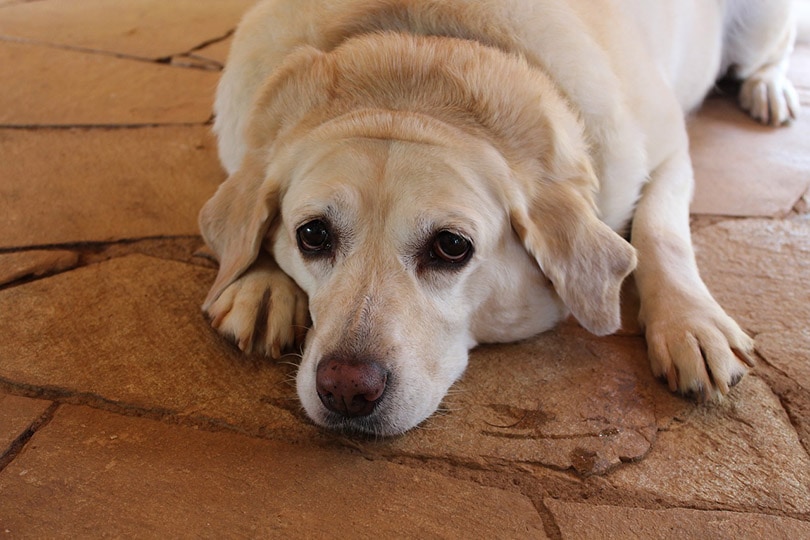
Does My Dog Need Surgery to Recover From Torn ACL?
Smaller dogs (weighing less than 22 pounds (or 10 kilograms) may heal from torn ACLs without surgical treatment. In these cases, non-surgical treatment includes exercise restriction (e.g., strict cage rest) for six weeks, followed by a slow reintroduction to activity. For larger dogs (weighing more than 22 pounds), surgery is almost always required to properly stabilize the knee. Generally speaking, most injured dogs require surgery in order to resolve the pain associated with the injury.
Non-surgical treatment typically includes medication (e.g., dog-safe anti-inflammatories), rest and/or exercise modification, supplements to support joint health, and, in some cases, braces to help stabilize the joint. It is important to note it is not safe to give dogs human anti-inflammatories like aspirin or ibuprofen. In some cases, rehabilitation can also help the dog recover from an ACL tear.
For small dogs and for dogs who have suffered only a partial ACL tear, it is possible to see a resolution of lameness through a combination of strict rest and anti-inflammatory pain medication. For large dogs, especially those with a complete ACL tear, lameness will likely persist.
It is important to note that the combination of medication and rest does not result in joint stabilization and so is not a recommended treatment option alone. However, a combination of medication and rest can still be an appropriate option in some rare cases (e.g., for very petite or inactive dogs, dogs with concurrent illnesses, or owners with financial limitations that restrict surgical treatment options).
Following an ACL tear, an injured dog is often prescribed anti-inflammatory medication by a veterinarian. These medications are specifically formulated for dogs and can help reduce inflammation and pain from the injury. It is not safe for dogs to take aspirin, ibuprofen, and other human anti-inflammatories. It is important to always consult your veterinarian if your dog becomes lame so they can properly assess the injury and prescribe appropriate medication if necessary.
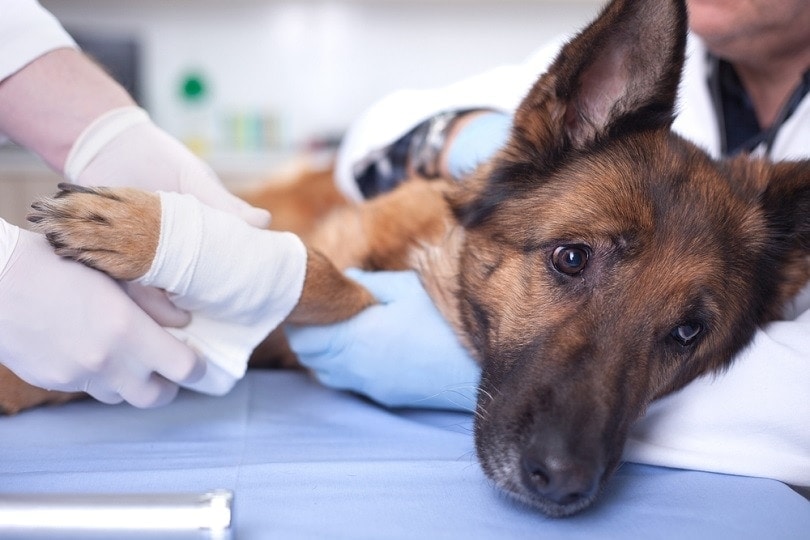
Braces or orthotics are relatively new to veterinary medicine but are becoming more common in recent years. While knee braces are extremely common treatment options for human orthopedic injuries like ACL tears, because a dog’s limb anatomy is very different from a human’s limb anatomy, properly fitting a brace on a dog is much more complicated. Because of the variable anatomy in dog breeds, a knee brace will need to be custom-made for your dog’s specific conformation.
However, there is limited evidence supporting the use of braces in dogs with ACL tears. Despite limited scientific research, a custom-made brace may be a suitable non-surgical option in particular cases (e.g., an inactive dog, a dog with concurrent illness preventing surgery, or owners with financial constraints). A knee brace can also result in pressure sores, persistent lameness, and, ultimately, an eventual need for surgical treatment of the injury.
In cases where surgery is not possible due to concurrent illnesses or financial constraints, rehabilitation is an appealing option. Rehabilitation under the care and direction of a veterinarian specifically trained in canine rehabilitation can promote healing and recovery from an ACL tear. However, there is limited evidence to suggest rehabilitation can replace surgery as a reliable treatment option for an ACL tear.
Frequently Asked Questions (FAQ)
How is a torn ACL diagnosed?
A veterinarian will learn about the history of the dog’s injury, which often involves an owner’s description of the dog running and suddenly stopping, usually yelping/crying out loud. Usually, the dog will suddenly become almost completely non-weight bearing or “toe touching” on the affected leg.
During the consultation with a veterinarian, the veterinarian will perform a lameness exam, observing the dog while walking and sitting. They will palpate the affected limb, bend and flex the knee joint, palpate the joint for swelling, and will attempt to elicit an abnormal motion of the knee joint called the “cranial drawer sign”. As mentioned, in large or very nervous dogs, a mild sedative may be necessary to allow for a proper cranial drawer test. In many cases, x-rays of the affected leg are warranted.
Can you prevent an ACL injury in a dog?
Obesity or poor body condition predisposes a dog to ACL injuries. This is especially true for obese or overweight dogs that undergo occasional strenuous activity or “weekend warriors”. If your dog is overweight or obese, a weight loss plan may be recommended by your veterinarian. Routine daily exercise is an important component of weight management as well as the prevention of ACL injuries.
If you need to speak with a vet but can't get to one, head over to PangoVet. It's an online service where you can talk to a vet online and get the personalized advice you need for your pet — all at an affordable price!
Conclusion
A torn ACL is one of the most common causes of hindlimb lameness in dogs. More often than not, surgery is the best treatment option for these injuries. In some situations, non-surgical treatment options can be used to promote recovery and provide pain relief for ACL injuries.
In any case, as a general rule, it is advisable to consult your veterinarian if your dog begins limping on its leg, especially if the lameness is sudden and severe or does not resolve. Based on your dog’s particular injury and health status, your veterinarian can advise you on the best treatment options.
Featured Image Credit: JusOl, Shutterstock
